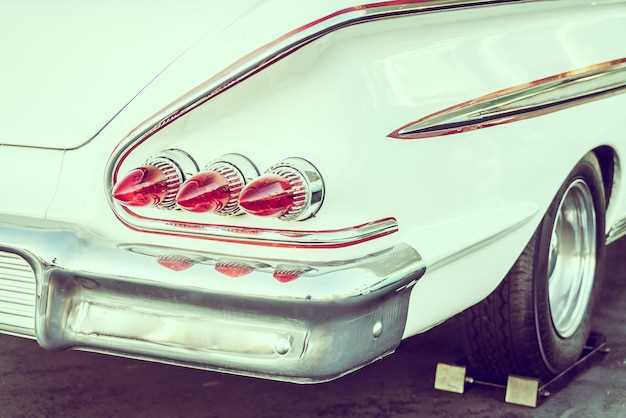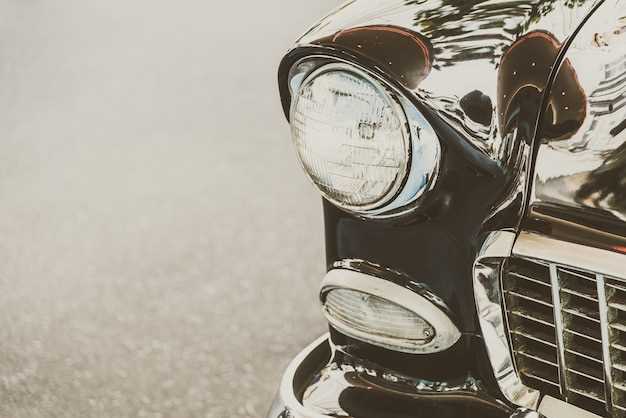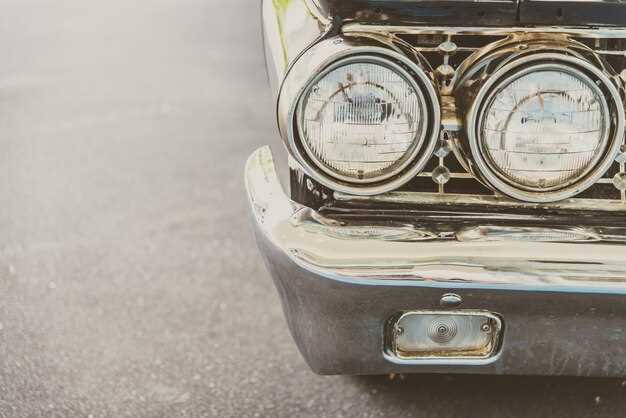
Classic race cars hold a special place in automotive history, offering a glimpse into the technological advancements and design philosophies of their time. As enthusiasts and collectors seek to preserve these icons, two primary approaches emerge: restoration and replication. While both avenues aim to celebrate these magnificent machines, they do so in fundamentally different ways. Understanding the nuances between restoring an original vehicle and creating a replica is essential for anyone passionate about classic motorsport.
Restoring a classic race car involves returning the vehicle to its former glory, often using original parts and adhering to the specifications set by the manufacturer. This meticulous process not only preserves the car’s heritage but also maintains its authenticity, ensuring that every detail reflects the era it was built in. Enthusiasts who choose this path are often motivated by a desire to honor the car’s legacy and the history it represents.
On the other hand, replicating a classic race car offers a different set of opportunities and challenges. A replica is built to resemble the original car closely but often incorporates modern techniques and materials to enhance performance and reliability. This approach attracts those who aim to enjoy the experience of driving a classic without the risks associated with maintaining an authentic vehicle. However, the question of authenticity and the value of a replica compared to a restored original remains a topic of passionate debate among collectors and enthusiasts alike.
In this article, we will delve deeper into the key differences between restoring and replicating classic race cars, exploring the benefits and drawbacks of each approach. By examining these processes, we aim to provide clarity for those navigating the exciting world of classic automotive restoration and replication.
Key Differences Between Restoration and Replication of Classic Race Cars

Restoration and replication are two distinct approaches in the classic race car community, each with its own purpose and execution. Restoration focuses on bringing an original vehicle back to its former glory. This process often involves repairing or replacing worn parts with authentic components that match the original specifications, preserving the car’s historical integrity. Restorers aim to maintain the vehicle’s authenticity and originality, ensuring that every detail reflects the time period it represents.
In contrast, replication involves creating an accurate but newly-built version of a classic race car. Enthusiasts may choose to produce a replica for several reasons, including performance enhancements, cost considerations, or the desire to drive a car without risking the value of an original model. Replicas can often incorporate modern technologies and materials, significantly improving reliability and performance while retaining the classic visual aesthetics.
One of the key differences lies in the materials used. Restoration typically utilizes original components when possible, focusing on the historical aspect, while replication may involve modern materials for improved durability and performance. The end goal of restoration is to maintain or enhance the vehicle’s original character, whereas replication may allow for a more personalized approach, catering to the preferences of the builder.
Another important difference is the intended use of the car. Restored vehicles are often kept for display, exhibitions, or specific events, targeting collectors who value originality. Replicas, on the other hand, are more likely to be used actively in racing or driving events, allowing owners to enjoy the experience without compromising the authenticity of genuine vintage models.
Ultimately, the choice between restoration and replication depends on the owner’s vision and objectives for their classic race car. Each approach has its merits and appeals to different segments of enthusiasts within the automotive community, contributing to the enduring passion for classic race cars.
Costs and Timeframes: What to Expect in Restoration vs Replication
When deciding between restoring a classic race car and creating a replica, understanding the costs and timeframes involved is crucial. Restoration typically requires sourcing original parts, which can be both challenging and expensive. Depending on the car’s condition, costs can range from a few thousand to several hundred thousand dollars. The process might take several months to years, especially if the vehicle has significant wear or requires extensive modifications to bring it back to its former glory.
On the other hand, replicating a classic race car usually involves creating a car that mirrors the original specifications but often substitutes modern materials and technology. This approach can lead to lower costs, as manufacturing new parts is sometimes more economical than hunting down rare originals. However, while the initial investment may be lower, the costs can still accumulate based on the complexity and accuracy of the replica. Timeframes for building a replica can also vary, with projects generally taking anywhere from six months to two years, depending on the level of detail and craftsmanship required.
Ultimately, the decision between restoration and replication will significantly impact both financial investment and the timeline of the project. Whether preserving history or embracing modern engineering, it’s essential to weigh these factors carefully to ensure a successful outcome.
Choosing the Right Approach: Factors Influencing Your Decision

When contemplating the restoration or replication of a classic race car, several crucial factors come into play that will shape your final decision. Understanding these elements can help you achieve your desired outcome while honoring the car’s legacy.
Firstly, consider authenticity. Restoration often aims to preserve the original specifications and materials of the car, maintaining its historical integrity. If your primary goal is to keep the car as true to its original form as possible, restoration becomes the clear choice. Conversely, replication allows for modern enhancements and materials, which may compromise authenticity but can significantly improve performance and reliability.
Next, evaluate your budget. Restoration projects can vary immensely in cost, depending on the car’s condition and the availability of original parts. If sourcing authentic components is prohibitively expensive, replication might be a more practical solution. Replicas often leverage updated manufacturing techniques that can lower costs while still delivering a high-quality product.
Your intended use for the vehicle is another pivotal factor. A restored classic may be ideal for car shows and vintage races where authenticity is paramount. On the other hand, if you plan to drive the car regularly or use it for competitive racing, a replica could provide the necessary durability and performance enhancements without the worry of damaging an original piece.
Lastly, personal passion plays a significant role. For some enthusiasts, the process of restoration is an art and a labor of love that involves deeply connecting with the vehicle’s history. If you are excited about rolling up your sleeves and bringing a classic back to life, restoration may be the perfect option. For others, acquiring a beautifully crafted replica might fulfill their desire for a classic race car without the extensive time commitment traditionally associated with restoration.
Ultimately, the decision between restoration and replication lies in balancing authenticity, budget, intended use, and personal passion. Taking a thoughtful approach to these factors will ensure that you make the right choice for your classic race car project.



